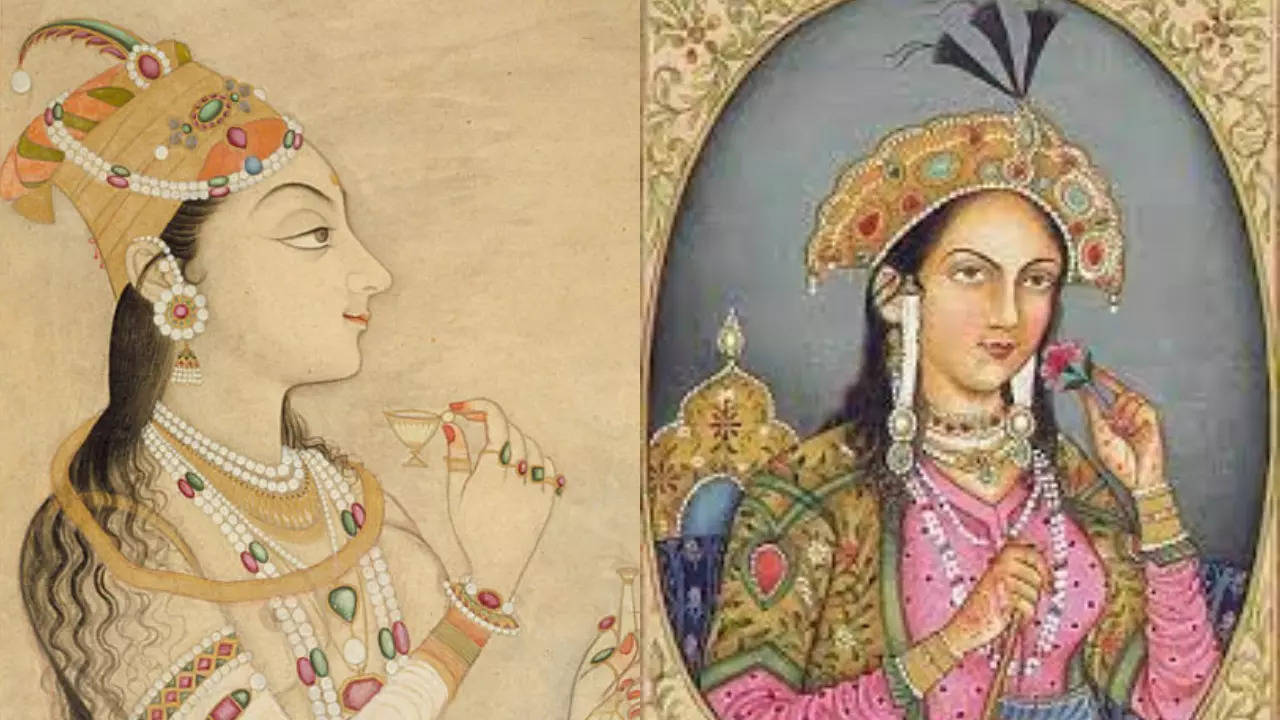The story of Nur Jehan: Princess who introduced Chikankari in India – Times of India
One such Indian princess who is often associated with the introduction of Chikankari is Princess Nur Jahan.
Born in 1577 as Mehr-un-Nissa, she was the daughter of a Persian noble and later became the Empress of the Mughal Empire through her marriage to Emperor Jahangir.Nur Jahan was renowned for her exceptional beauty, intellect, and influence on Mughal court affairs.
It is believed that Nur Jahan’s appreciation for fine arts and crafts, including embroidery, contributed to the patronage and advancement of Chikankari. During her time, the Mughal court was a hub of artistic and cultural exchange, with artisans from various regions of India and beyond contributing their skills to create stunning masterpieces. Nur Jahan’s love for intricate embroidery might have led to the development and refinement of Chikankari as a distinctive art form.
Chikankari itself involves delicate and detailed hand-embroidery work on fabric, often using fine threads in white or pastel shades. The technique involves a variety of stitches, such as the backstitch, chain stitch, and satin stitch, to create exquisite floral and geometric patterns. Chikan, which means “embroidery” in Persian, is characterized by its elegance and subtlety, making it a favorite among the nobility of various eras.
Princess Nur Jahan’s influence on Chikankari could be seen in the fabrics and garments she adorned. Her royal attire likely featured intricately embroidered fabrics, which might have inspired others to follow suit. As Chikankari gained popularity, it became a symbol of sophistication and luxury, closely associated with the elite and the aristocracy.
The legacy of Chikankari continued to flourish in subsequent centuries, with artisans refining their techniques and passing down their skills through generations. Today, Chikankari is not only a cherished art form in India but has also gained recognition on the global stage. The delicate beauty and timeless elegance of Chikankari continue to captivate fashion designers, enthusiasts, and anyone who appreciates intricate craftsmanship.
While Princess Nur Jahan’s specific role in introducing Chikankari might be part of the narrative, it is important to note that this art form’s evolution was shaped by many factors, including cultural influences, artistic exchange, and the contributions of countless skilled artisans over the centuries. Chikankari’s origins are a testament to the rich tapestry of India’s cultural heritage, and it remains an enduring symbol of beauty, creativity, and craftsmanship.
function loadGtagEvents(isGoogleCampaignActive) { if (!isGoogleCampaignActive) { return; } var id = document.getElementById('toi-plus-google-campaign'); if (id) { return; } (function(f, b, e, v, n, t, s) { t = b.createElement(e); t.async = !0; t.defer = !0; t.src = v; t.id = 'toi-plus-google-campaign'; s = b.getElementsByTagName(e)[0]; s.parentNode.insertBefore(t, s); })(f, b, e, 'https://www.googletagmanager.com/gtag/js?id=AW-877820074', n, t, s); };
window.TimesApps = window.TimesApps || {}; var TimesApps = window.TimesApps; TimesApps.toiPlusEvents = function(config) { var isConfigAvailable = "toiplus_site_settings" in f && "isFBCampaignActive" in f.toiplus_site_settings && "isGoogleCampaignActive" in f.toiplus_site_settings; var isPrimeUser = window.isPrime; if (isConfigAvailable && !isPrimeUser) { loadGtagEvents(f.toiplus_site_settings.isGoogleCampaignActive); loadFBEvents(f.toiplus_site_settings.isFBCampaignActive); } else { var JarvisUrl="https://jarvis.indiatimes.com/v1/feeds/toi_plus/site_settings/643526e21443833f0c454615?db_env=published"; window.getFromClient(JarvisUrl, function(config){ if (config) { loadGtagEvents(config?.isGoogleCampaignActive); loadFBEvents(config?.isFBCampaignActive); } }) } }; })( window, document, 'script', );
For all the latest lifestyle News Click Here


